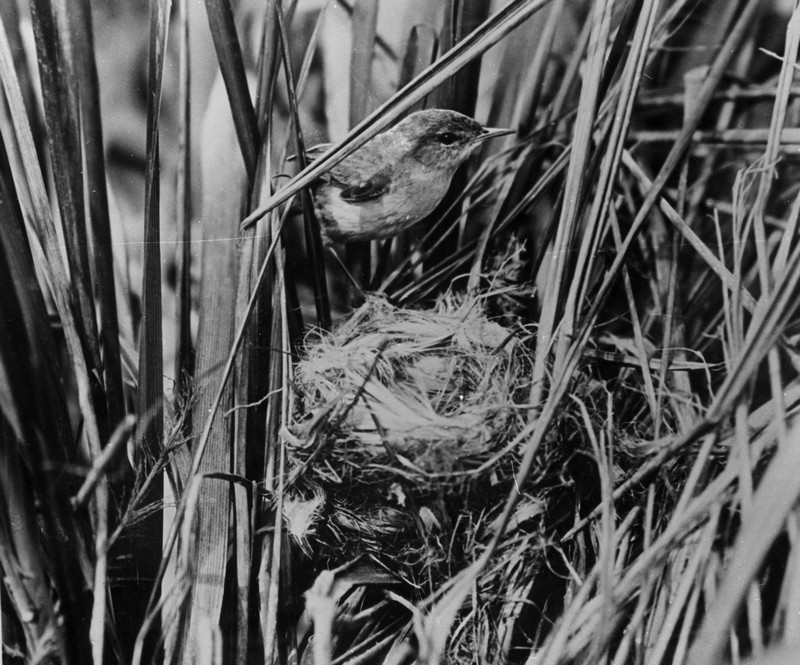Laysan Millerbird

Names
- Common Name: Laysan millerbird
- Scientific: Acrocephalus familiaris familiaris
Song
No available recordings.
Conservation Status
Extinct. Last recorded sighting in 1923.
Species Information
The species Acrocephalus familiaris contains two subspecies, A. familiaris familiaris from Laysan, and A. familiaris kingi from Nihoa. They are endemic to the Northwestern Hawaiian Islands. The Laysan millerbird, discovered first, was named “millerbird” because of its fondness for feeding on large miller moths.The Laysan subspecies was driven to extinction by 1923 after European rabbits (Oryctolagus cuniculus) were introduced to Laysan in 1923. The Nihoa millerbird subspecies has persisted and was successfully translocated to Laysan in 2011 and 2012 (Pyle & Pyle 2017). You can see photos of Nihola millerbirds now living on Laysan at the Papahānaumokuākea website.
Distribution
Northwestern Hawaiian Islands, specifically Laysan Island
Habitat
Lasyan millerbird were known to be “nested in clumps of the bunchgrass,” before the grasses were consumed by invasive rabbits (Robert C. et al. 2007).
Threats
Introduced European rabbits and the and subsequent elimination of the millerbird’s habitat appears to have been the primary threat to their existence.
Photos

Taken by Walker K. Fisher in May 1902. Photo from the Denver Museum of Natural History. Public Domain via Wikimedia.
While we have no other photos of the Laysan millerbird, you can see photos of the closely related Nihoa millerbird now living on Laysan at the Papahānaumokuākea website.
Additional Resources
Robert C. Fleischer, Beth Slikas, Jon Beadell, Colm Atkins, Carl E. McINTOSH, Sheila Conant, Genetic Variability and Taxonomic Status of the Nihoa and Laysan Millerbirds, The Condor, Volume 109, Issue 4, 1 November 2007, Pages 954 962, https://doi.org/10.1093/condor/109.4.954
